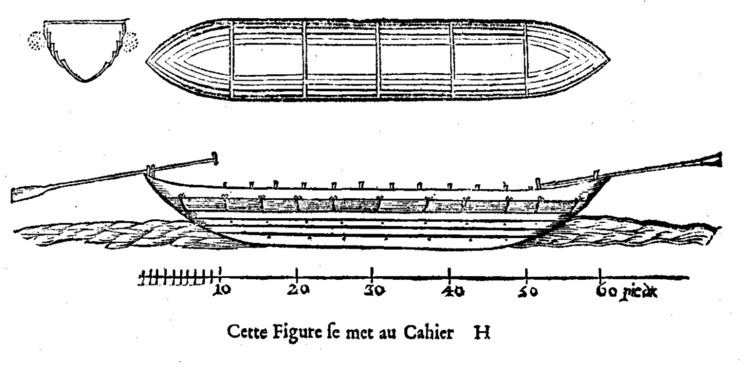Year 1500s Type monohull | Crew 50 or 60 Construction wood | |
 | ||
Role marine warfare/transportation Draft 4 m (13 ft)(board down) | ||
A chaika (Ukrainian: чайка, Polish: czajka, Serbian: шајка, Slovene: šajka or plitka) was a wooden boat that could have a mast and sail, a type of galley, used in early modern warfare and cargo transport by the:
Contents
Austrian
Tschaika were either 24 (Ganz Tschaika) or 12 metres (Halb Tschaika) in length, operated by sail or oars. Between 30 and 50 men were in service, commanded by an officer, with an NCO helmsman, an armourer, a drummer, two bowsmen, and up to 36 oarsmen.
Zaporizhian Host (Ukraine)
Chaikas were between 18 and 20 metres in length, 3 and 3.5 metres in width, and 3.5 and 4 metres in depth. The bottom of a chaika was carved out of a single tree trunk, with sides built out of wooden planks. To protect the boat from enemy guns or from sinking, reed bales were tied to the gunwales of the boat.
Chaikas also had two helms, so that the boat never needed turning around in order to switch direction. One such boat could carry around 50 to 60 men and up to 6 falconets (small cannon).
A similar, but larger boat used by the Zaporozhian Cossacks for both transport and warfare was called a baidak.
